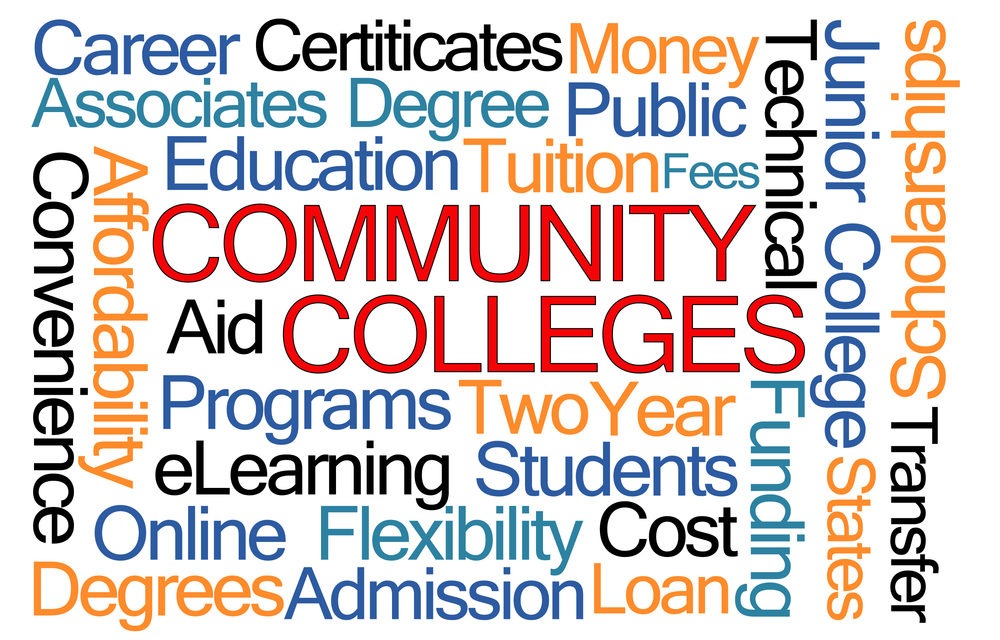10 of the best Community Colleges are located in California
With Americans struggling financially due to COVID-19 and a year of community college nearly three times less expensive than a year at a public four-year college, the personal-finance website WalletHub today released its report on 2021’s Best & Worst Community Colleges, coupled with its state-by-state ranking of the Best & Worst Community-College Systems.
To determine where students can receive the best education at the cheapest rates, WalletHub compared more than 650 community colleges across 19 key indicators of cost and quality. The data set ranges from the cost of in-state tuition and fees to student-faculty ratio to graduation rate.
Top 20 Community Colleges
1. State Technical College of Missouri (MO)
2. College of San Mateo (CA)
3. Saddleback College (CA)
4. Butte College (CA)
5. Santa Fe Community College (NM)
6. Arkansas State University-Mountain Home (AR)
7. Kauai Community College (HI)
8. Ohlone College (CA)
9. Northwest Iowa Community College (IA)
10. Los Angeles Pierce College (CA)
11. Kapiolani Community College (HI)
12. De Anza College (CA)
13. Los Angeles Harbor College (CA)
14. Alexandria Technical & Community College (MN)
15. College of Southern Maryland (MD)
16. Irvine Valley College (CA)
17. Los Angeles Mission College (CA)
18. Northern Wyoming Community College District (WY)
19. Evergreen Valley College (CA)
20. Northwestern Connecticut Community College (CT)
States with the Best Community-College Systems
1. Hawaii
2. Wyoming
3. Washington
4. Maryland
5. New Mexico
6. Connecticut
7. North Dakota
8. California
9. South Dakota
10. New York
11. Arkansas
12. Wisconsin
13. Colorado
14. Minnesota
15. Oregon
16. Virginia
17. New Jersey
18. Michigan
19. West Virginia
20. Tennessee
Expert Commentary
Q: What can policymakers do to improve the quality of education and training at community colleges and the career prospects of graduates?
“More money is the usual answer, and it is true in this case. Community college expenditures per student have remained largely stagnant over the past quarter-century, despite increases in the cost of providing most personal services in the United States. Community colleges spend far less per student than most public regional universities, and only a third of what is spent per student at selective flagships in their state…Community colleges need to be able to attract and retain talented faculty and they need more resources in advising and academic support. This requires political will at the state level.”
— David H. Feldman – Professor, College of William & Mary
“State policymakers throughout higher education generally, and with community colleges specifically, can work to help systems behave as systems, reducing program duplication and the competition between publicly funded colleges. There seems to be such a free-market approach to managing higher education; there is massive competition between institutions and among colleges that are all trying to do the same thing. This has created a huge environment of competition, redundant program offerings, salary increases, etc. State policymakers need to think about how they can incentivize collaboration between colleges and develop stronger niche markets for campuses rather than expecting each college to do everything by themselves.”
— Michael T. Miller – Professor, University of Arkansas
Q: In evaluating the best and worst, what are the top 5 indicators?
“Typically, the rankings of all colleges that I have seen tend to favor larger, more financially endowed institutions with high enrollments and a record of awards to students and faculty…These, along with enrollment sizes, seem to compromise most college ranking systems. However, for community colleges measures such as the percentage of students going to and graduating from 4-year colleges with a bachelors’ degree, workforce certifications awarded, and types of student affairs programs and services offered should also be considered in these rankings. Students are looking for those kinds of experiences from community colleges.”
— Matthew B. Fuller, Ph.D. – Associate Professor, Sam Houston State University
“I would argue accessibility, affordability, student-centered (ease of navigation), quality of instruction, and commitment to the service area.”
— Michael T. Miller – Professor, University of Arkansas
Q: What are the main challenges facing community college education during the current crisis? What are the best ways to overcome these challenges?
“As we have moved away from a more collective state-subsidized funding of higher education by shifting the burden onto students, colleges and universities are constantly in a state of financial uncertainty. This reality is precarious and makes both interim and long-term planning very difficult…Financial uncertainty for students is the very thing that makes student enrollment and persistence also precarious for them as they navigate the minefield of student loan debt. Countries who have thrived in the years following economic hardships did so by making deeper investments in their educational institutions and we would be well served to understand that reality.”
—T. Jameson Brewer, Ph.D. – Assistant Professor, University of North Georgia
“The biggest problem facing community colleges during COVID has been around enrollment. These institutions often enroll and train adult learners, those with children, those working hourly service-industry jobs, etc. The pandemic hit this population the hardest, and I think enrollment nationally in community colleges was down about 25%. This then has a residual affect in that tuition revenue (along with other student-generated revenue in the bookstore, etc.) drops dramatically. Without that cash on hand, it is then harder to recruit students, to pay faculty who offer classes, etc. One strategy that has allowed many … to remain nimble is that they use many adjuncts, part-time faculty. That means that they do not have to go through the process of firing faculty; their labor supply is elastic and can grow and recede as needed. This is not always a very popular approach to staffing, but it does have financial benefits for the institution.”
—Michael T. Miller – Professor, University of Arkansas
To read the full reports, please visit:
Individual Schools, click here.
School Systems, click here.
Image Sources
- Community College Awareness Month: Shutterstock







